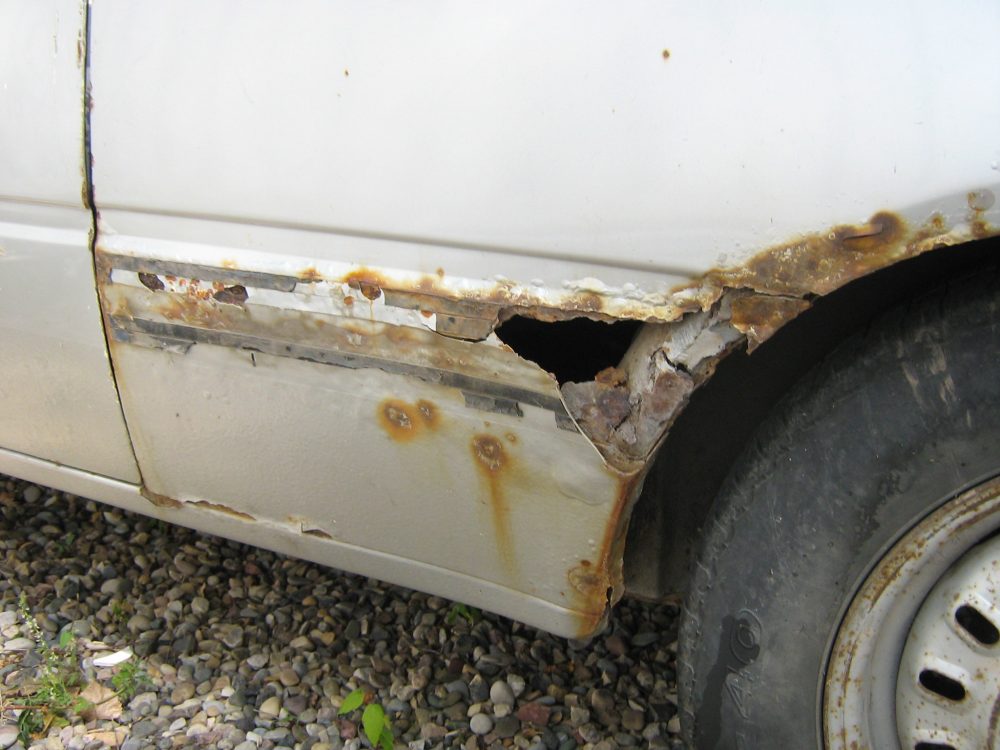What is Automotive Body Filler?

If you need to patch a dent or gouge in your vehicle, you might reach for the putty that’s commonly known as Bondo. This polyester-based resin is officially known as automotive body filler, and it comes in many brands and grades. Here’s a look at the different types, and when you should (or shouldn’t) use fillers to fix your vehicle.
Keep Your Car Looking Fresh: How to care for your vehicle when you live near the beach
Types of body filler
There are three primary grades of auto body filler: standard, medium, and premium. The grade you choose will depend on how much damage you need to repair.
Standard putty is great for minor scratches and dents — think shopping cart scrapes and small hailstone dings. It’s lightweight and it’ll cure in just 20-25 minutes. For small holes and gashes in metal or fiberglass, reach for medium-grade fiberglass filler. And if you need to patch larger dents or rips, consider a premium filler. This grade contains aluminum particles that make it more durable than other grades. Plus, it doesn’t shrink during the curing process, and it’s easier to sand.
When should you avoid using body filler?
While auto body filler can work wonders for dent repair, it has its limitations. For starters, it’s primarily cosmetic, so don’t use it on any weight-bearing parts of your vehicle. This includes frame rails and other reinforced areas. If these parts are rusted or damaged, it’s best to have them welded or replaced by a professional.
And since uncured filler is flammable and cured filler is sensitive to heat, don’t apply it to your vehicle’s gas tank or exhaust system. Also, avoid putting it directly over untreated rust. Instead, sand the rust away or treat it with a rust preventer. This will prevent the rust from spreading beneath the filler patch.
Will body filler make my car look bad?
Like any tool, body filler can be misused. Common causes of bad-looking patch jobs include applying the filler in thick layers, covering too large of an area with it, and neglecting to sand it down after it cures.
If you’re not sure if you’re up to the task of DIY dent repair, consider taking your vehicle to a body shop for service.
Kimiko Kidd is a native Daytonian. She graduated from Wright State University with degrees in environmental science and sociology. She loves her trusty old Honda Civic, but dreams of owning a 1974 Ford Falcon XB with a custom paint job and a vintage Kawasaki Z1000. In her free time, Kimiko can be found watercolor-painting, baking muffins, collecting rocks, playing old-school Nintendo games, writing her novel, sewing stuffed animals, and cosplaying as her favorite Mad Max characters. See more articles by Kimiko.

